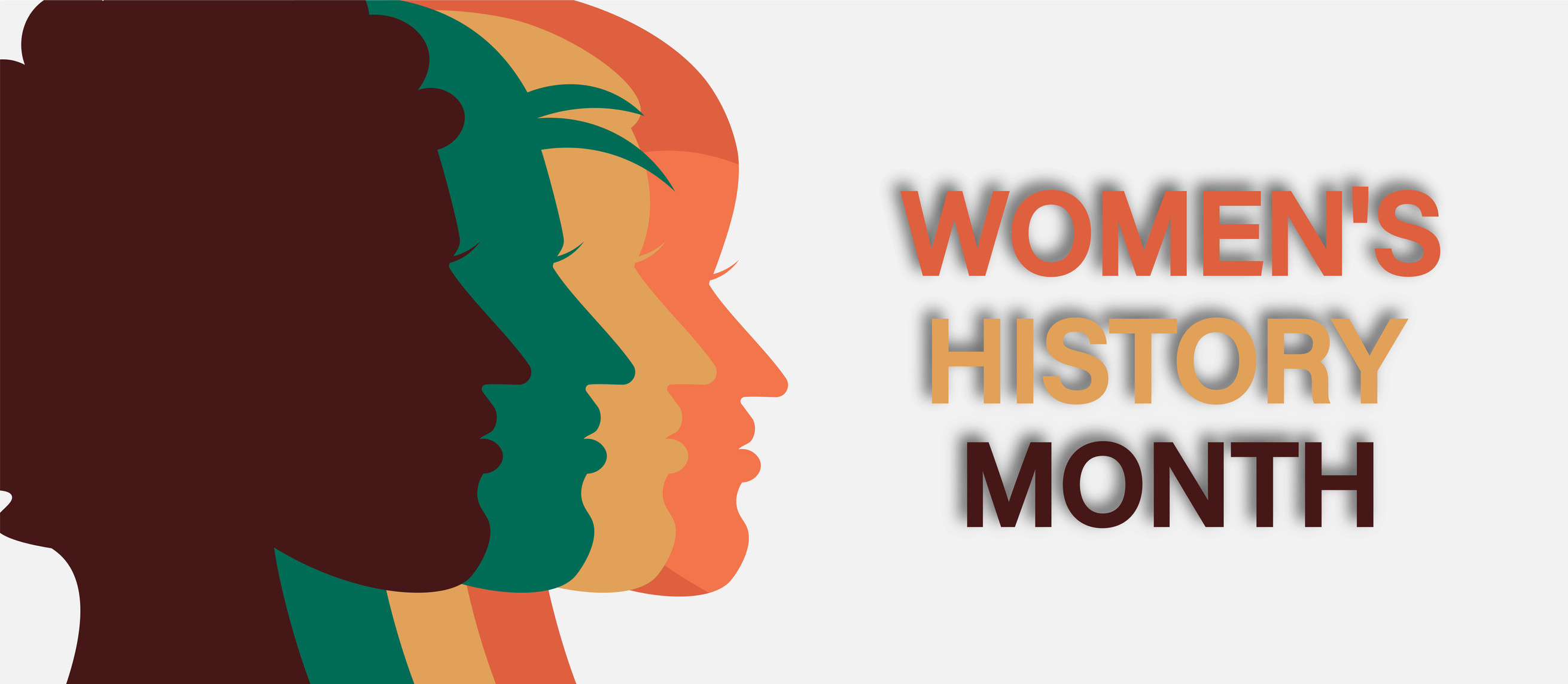
As I prepared to take maternity leave 13 years ago for the birth of my son, I knew I had nothing to worry about. I was excited for the time off from work and the time we would get to spend together bonding. The time we spent together was necessary as I navigated learning to be a mother and learning his routine and personality. The only stress I had was worrying about nursing, maintaining a good sleep schedule, and remembering to speak to him in Spanish, so he could learn two languages early on. Without a doubt, my son had my undivided attention.
I knew my job would be waiting for me and the work would get done without me. I had the security of not worrying about work while I cared for my son thanks to Paid Family Leave.
At the time it was my impression that paid family leave was intended to help new mothers bond with their babies. But, as history has it, the idea of paid family leave came from the advocacy of working women in America more than 100 years ago that was centered on job security. Women fought to secure employment, the protection of pregnant mothers, and the right to income. Rights that they and many women around the world felt were necessary as women were now a large part of the workforce. The women of this time labored in strenuous working conditions and were not guaranteed their jobs should they leave to give birth to a child. If the baby came on a workday, it is very likely their job would be lost. Giving birth meant the loss of income and uncertainty. In 2009, I had amazing benefits that I took for granted as all those benefits were fought for by working women generations before me.
Paid Family Leave was devised in America and now the rest of the industrialized world has adopted paid leave to a level that surpasses what we see here in the United States.
In the U.S., leave isn’t guaranteed by law for either parent. Paid maternity leave is not yet available to many women working in the United States. Women’s History Month is the perfect time to reflect on how far women workers have come, but it should also serve as an important reminder that women are still not always treated equally in the workplace. Being a working mother is not easy, but it was made a lot easier for me because of Paid Family Leave.
*The Family and Medical Leave Act (FMLA) of 1993. Drafted by the National Partnership for Women and Families (formerly the Women’s Legal Defense Fund), the purpose of the Act is to promote economic stability and preserve family integrity, to entitle employees to take leave for medical reasons to care for a child or other family member and to provide equal employment opportunity for men and women while minimizing the risk of discrimination on the basis of sex. (Vahratian, A., & Johnson, T. R. (2009). Maternity leave benefits in the United States: today's economic climate underlines deficiencies. Birth (Berkeley, Calif.), 36(3), 177–179. https://www.ncbi.nlm.nih.gov/pmc/articles/PMC4262924/)